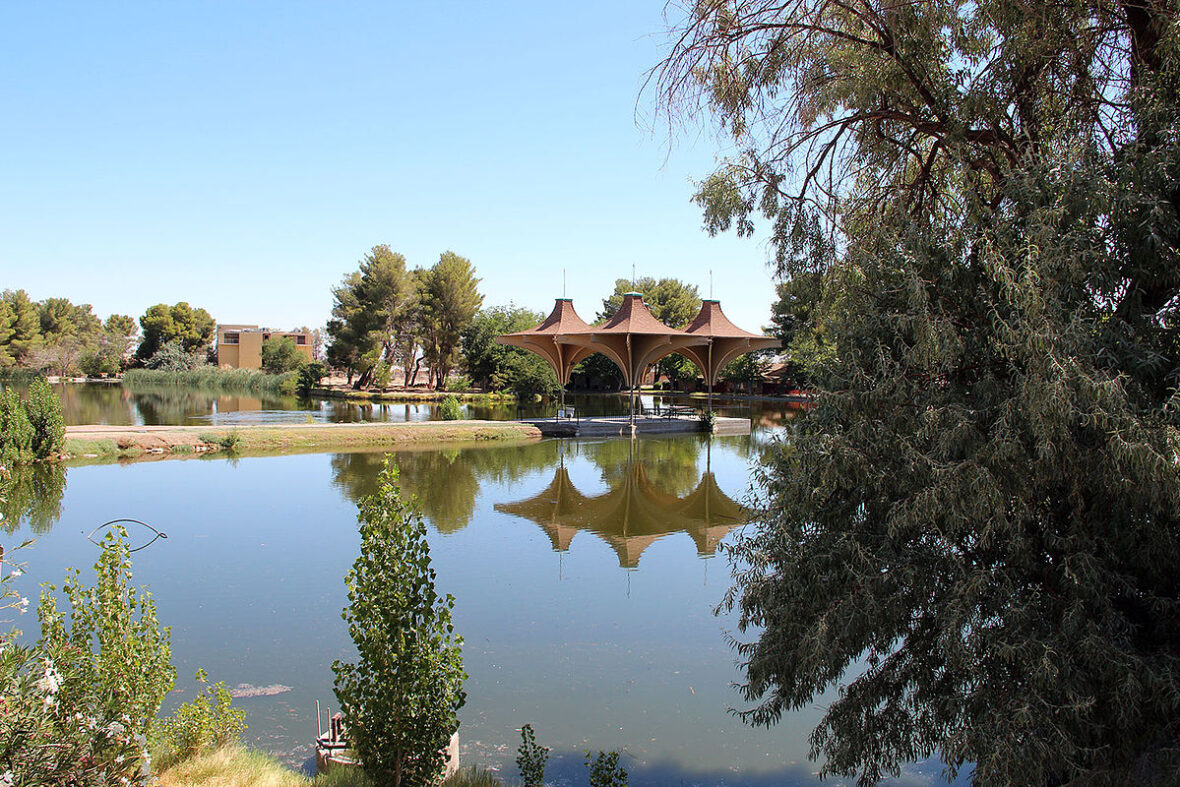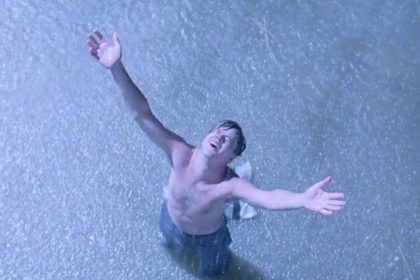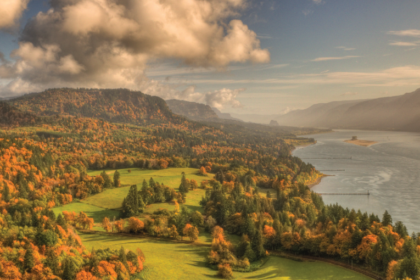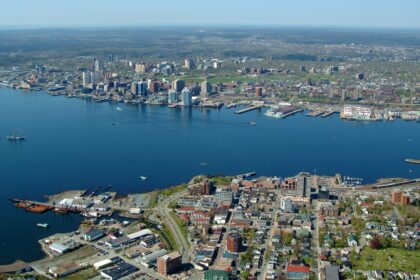California City is a city located in northern Antelope Valley in Kern County, California, United States. Take a look below for 20 amazing and fun facts about California City, California, United States.
1. It is 100 miles (160 km) north of the city of Los Angeles, and the population was 14,120 at the 2010 census.
2. Covering 203.63 square miles (527.4 km2), California City has the third-largest land area of any city in the state of California.
3. Much of the workforce of Edwards Air Force Base, which is located 18 miles (29 km) southeast of the city, is made up of city residents.
4. Other major sources of employment include California City Correctional Center (California Department of Corrections and Rehabilitation); Mojave Air and Space Port and its flight test operations; and the Hyundai/Kia Proving Grounds located in the rural southwestern part of the city.
5. California City has a park, a PGA golf course, and a municipal airport.
6. Padre Francisco Garcés, a Franciscan missionary, camped at Castle Butte in what is now California City in 1776 during the Juan Bautista de Anza expedition of Alta California.
7. In the late 19th century, the Twenty Mule Team Trail, which carried loads of borax to the railhead in Mojave from Harmony Borax Works mines in the east, ran through the California City area.
8. The Mojave Gunnery Range “C” was used from August 1944 until January 1959, when it became part of the California City land.
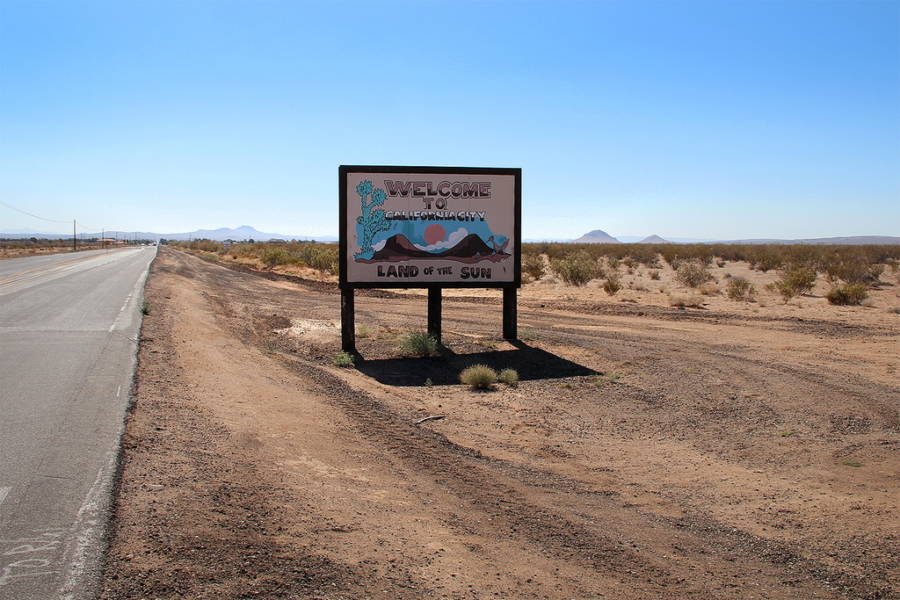
9. It included bomb targets and strafing targets such as a vehicle convoy. It was also used for pilotless aircraft just after World War II. Unexploded ordnance and toxic waste are associated with the site, and the Army Corps of Engineers began surveying the site in 1999, and by 2001 the range was described as containing 20,908 acres (8,461 ha) southwest of the California City center.
10. Site surveys beginning in 1999 found MK 23 3-pound practice bombs with unfired signal cartridges, 20-millimeter Target Practice projectiles, 2.25, 2.75, and 5-inch practice rockets, high explosive bombs, and small arms ammunition from .22 to .50 caliber were found.
11. The largest fuzed and unexploded bombs found were two 100-pound general purpose bombs.
12. In 1958, Czech-born Columbia University sociology professor and real estate developer Nathan “Nat” K. Mendelsohn purchased 82,000 acres (33,000 ha) of Mojave Desert land with the aim of making California’s next great city.
13. California City Development Company (CCDC) was aggressively marketing the city by running a “real estate school” to license and train a large salesforce, and a quarter-page Los Angeles Times advertorial described it as a “giant venture” and “inevitable growth”.
14. Mendelsohn hoped it would one day rival Los Angeles in population, and CCDC had the Smith and Williams architects master plan the community in 1961; Garrett Eckbo also contributed.
15. Mendelsohn built a Central Park with a 26-acre (11 ha) artificial lake. Two golf courses and a four-story Holiday Inn were built next to the park. Ultimately the actions of CCDC caused the town to become known for land speculation through CCDC and successors. Mendelsohn was advertising the city for land speculation by 1962; 175 homes had been built by then.
16. The city has a rich history of promotion, including hiring Erik Estrada to advocate for the city; in the 2000s land was sold through infomercials.
17. The Italian-American civil engineer Olindo R. Angelillo surveyed the city’s aquifer on behalf of CCDC in 1959, stating it was on top of a “virtual underground lake” of 1 million acre-feet of water per year. This was quickly rebutted by the chief of a US Geological Survey office, a hydraulic engineer at the state’s water department and California’s Association of Engineering Geologists.
18. The first post office opened in 1960.
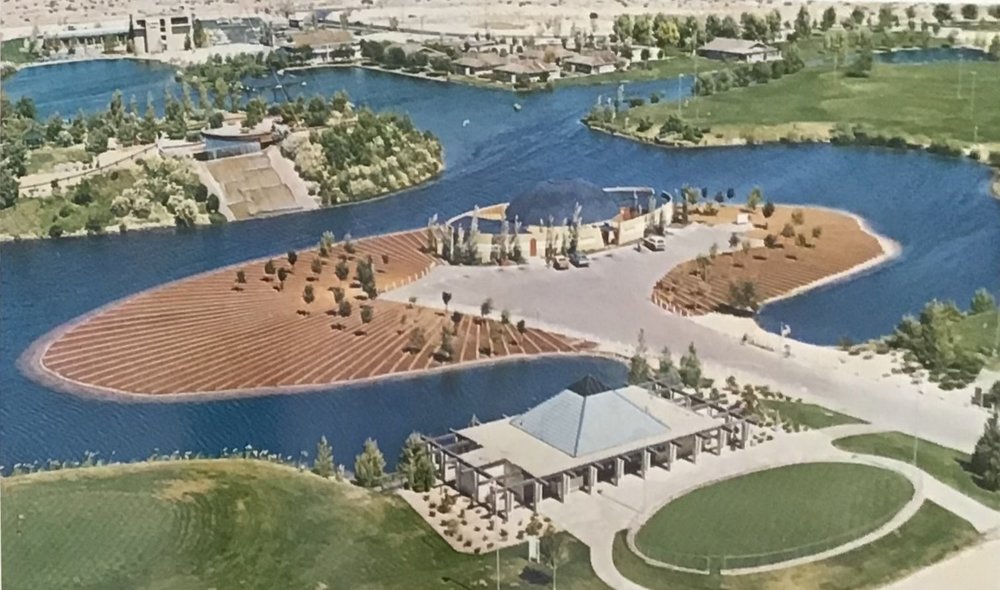
19. California City was incorporated on December 10, 1965, partly to shift municipal infrastructure responsibility to the city, rather than CCDC. It was described as having 158 square miles (410 km2) of land, 5,900 landowners, 817 residents, and 232 homes.
20. Growth fell well short of his expectations and by the time Mendelsohn sold his shares in CCDC in 1969 to Great Western United Corporation, only 1,300 people had moved in; CCDC was described as having a 1,300-person salesforce at that time, with ads for “real estate salesmen” describing it as “A whole new successful way of selling California real estate!!!”

